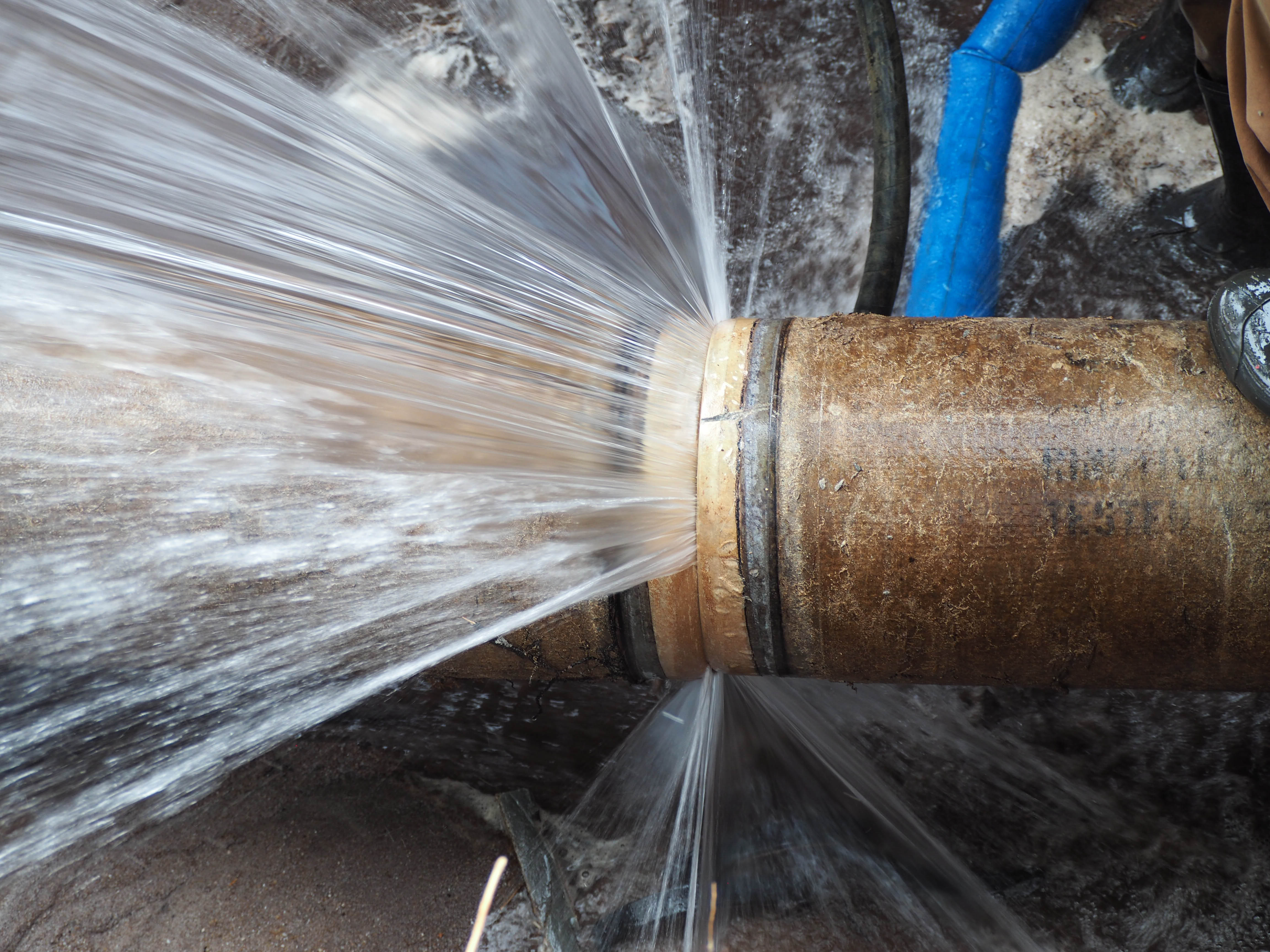Key Methods for Avoiding Frozen Pipes in Winter
Key Methods for Avoiding Frozen Pipes in Winter
Blog Article
How do you feel in relation to Winter Plumbing Precautions: Preventing Frozen Pipes?

Winter can damage your plumbing, particularly by freezing pipelines. Below's exactly how to stop it from happening and what to do if it does.
Introduction
As temperatures decrease, the threat of icy pipes increases, potentially bring about costly repairs and water damage. Understanding how to prevent icy pipelines is critical for home owners in cool climates.
Prevention Tips
Shielding at risk pipes
Wrap pipelines in insulation sleeves or make use of warm tape to shield them from freezing temperature levels. Concentrate on pipelines in unheated or outside locations of the home.
Home heating methods
Keep interior rooms properly heated, especially locations with pipes. Open cabinet doors to enable warm air to flow around pipelines under sinks.
How to recognize frozen pipelines
Seek decreased water flow from taps, uncommon smells or sounds from pipelines, and visible frost on exposed pipes.
Long-Term Solutions
Structural modifications
Take into consideration rerouting pipelines far from outside wall surfaces or unheated areas. Add additional insulation to attics, basements, and crawl spaces.
Upgrading insulation
Buy high-quality insulation for pipes, attic rooms, and wall surfaces. Appropriate insulation helps keep regular temperature levels and decreases the risk of icy pipes.
Protecting Exterior Plumbing
Yard pipes and outdoor taps
Detach and drain pipes garden hoses before winter. Set up frost-proof spigots or cover outside taps with insulated caps.
Recognizing Frozen Pipes
What triggers pipelines to freeze?
Pipes freeze when subjected to temperature levels below 32 ° F (0 ° C) for extended periods. As water inside the pipes freezes, it broadens, taxing the pipeline wall surfaces and possibly triggering them to burst.
Dangers and problems
Frozen pipes can bring about water system disruptions, building damage, and costly fixings. Ruptured pipelines can flooding homes and cause considerable architectural damage.
Signs of Frozen Pipeline
Determining frozen pipes early can stop them from rupturing.
What to Do If Your Pipes Freeze
Immediate activities to take
If you think icy pipes, maintain faucets open up to eliminate pressure as the ice thaws. Use a hairdryer or towels taken in hot water to thaw pipes gradually.
Conclusion
Stopping icy pipes needs aggressive steps and fast feedbacks. By understanding the causes, indications, and safety nets, homeowners can safeguard their plumbing throughout winter.
5 Ways to Prevent Frozen Pipes
Drain Outdoor Faucets and Disconnect Hoses
First, close the shut-off valve that controls the flow of water in the pipe to your outdoor faucet. Then, head outside to disconnect and drain your hose and open the outdoor faucet to allow the water to completely drain out of the line. Turn off the faucet when done. Finally, head back to the shut-off valve and drain the remaining water inside the pipe into a bucket or container. Additionally, if you have a home irrigation system, you should consider hiring an expert to clear the system of water each year.
Insulate Pipes
One of the best and most cost-effective methods for preventing frozen water pipes is to wrap your pipes with insulation. This is especially important for areas in your home that aren’t exposed to heat, such as an attic. We suggest using foam sleeves, which can typically be found at your local hardware store.
Keep Heat Running at 65
Your pipes are located inside your walls, and the temperature there is much colder than the rest of the house. To prevent your pipes from freezing, The Insurance Information Institute suggests that you keep your home heated to at least 65 degrees, even when traveling. You may want to invest in smart devices that can keep an eye on the temperature in your home while you’re away.
Leave Water Dripping
Moving water — even a small trickle — can prevent ice from forming inside your pipes. When freezing temps are imminent, start a drip of water from all faucets that serve exposed pipes. Leaving a few faucets running will also help relieve pressure inside the pipes and help prevent a rupture if the water inside freezes.
Open Cupboard Doors
Warm your kitchen and bathroom pipes by opening cupboards and vanities. You should also leave your interior doors ajar to help warm air circulate evenly throughout your home.

I found that piece on Prevent Frozen Pipes when exploring the search engines. Sharing is nice. Helping others is fun. I praise you for your time. Don't forget to visit our blog back soon.
Call Today Report this page